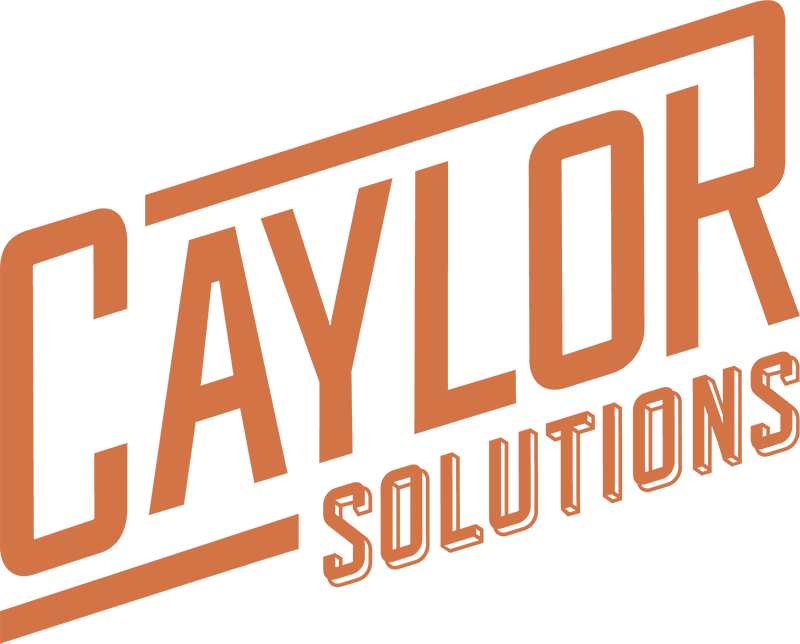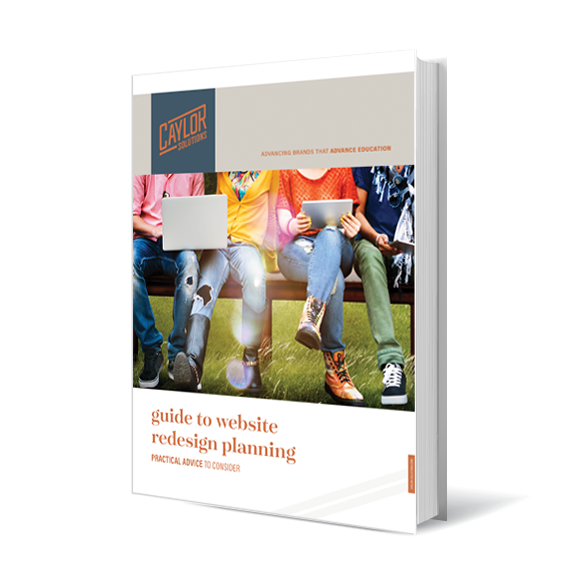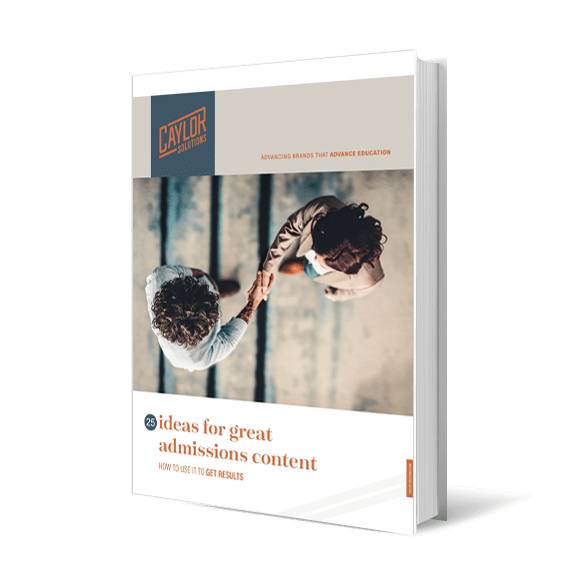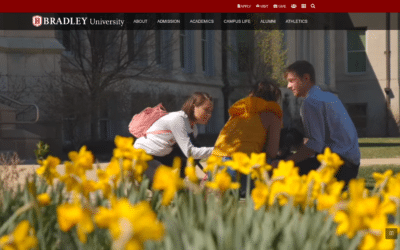If not brothers, fundraising and marketing are close cousins. Quite often, higher ed marketers are called on to help with the fundraising case statement and messaging.
Throughout my career in higher ed marketing, I’ve been brought in to help raise annual funds, serve on capital campaign committees, and other kinds of fundraising activities.
I always leave these experiences having learned something, but I wanted to listen to an expert on the nuances of proper fundraising.
So my co-host, Troy Singer, and I spoke with Bill Stanczykiewicz on The Higher Ed Marketer podcast.
Bill Stanczykiewicz is the Senior Assistant Dean for External Relations and the Director of the Fundraising School at IU Lilly Family School of Philanthropy, which is the world’s only school on philanthropic studies.
Needless to say, he’s the expert on institutional philanthropy.
In this episode, he explains the steps you should take to develop an effective fundraising case statement.
The Lilly School of Philanthropy
If you don’t know about the Lilly School of Philanthropy at Indiana University, I’ll let Bill introduce their mission here.
The fundraising school has been around since 1974. Today it is housed within the Indiana University Lilly Family School of Philanthropy, which is the world’s only school on philanthropic studies.
We have bachelors, masters, and doctoral degrees in the School of Philanthropy. We also have a robust research team that’s continually discovering new knowledge about philanthropic behavior, including charitable giving.
In the Fund Raising School, Bill and his colleagues teach a 14-step process called “The Fundraising Cycle.”
The very first step in the cycle is creating your fundraising case statement.
As Bill explained the fundraising case statement, it reminded me of what we do as higher ed marketers to differentiate ourselves from other institutions.
Your fundraising case for support is what sets you apart. This is your most unique aspect, strongest description of why you are distinct.
In the United States alone, there are about one and a half million nonprofits. And that doesn’t even include all the religious congregations. Including them, the number is about 2 million, and donors are receiving requests from multiple nonprofits every single year.
How do you set yourself apart with a fundraising case for support? Without that, you’re not going to be able to distinguish yourself and make your fundraising case when the time comes to talk to the donor.
In other words, you could call the case for support your unique selling proposition.
So what makes a strong fundraising case for support?
Case Statement Element 1: Your Compelling Idea
The first element in creating a strong case for support is to craft your compelling idea.
What is your big compelling idea at your university? Donors are interested in those big ideas. One of the key reasons that people give is impact, results, or “making a difference.”
So what are you asking me to make a difference in? That is that big, compelling idea. A good place to look [for your compelling idea] is the organization’s strategic plan.
What is your vision statement? What are your value declarations?
They should be high-minded, big concepts, inspiring words, and phrases that move us towards that cause of why the school exists. That big, compelling idea is going to define [your institution] and really grab the donor’s attention upfront as to why they could be interested in your school.
Case Statement Element 2: Define the Problem
Next, you need to show people the problems that your school solves through its educational programs.
Bill shared with us that you can describe the problem you solve in negative or positive terms.
Negatively, you can describe the bad consequences that are happening and will continue to happen if the mission of the school isn’t funded.
Positively, you can show the donor the opportunities they could help fulfill through their generosity.
Whether it’s a problem to solve or an opportunity to fulfill, it should be tied into that big compelling idea. We’re being as specific as we can [to describe the problem or the opportunity] using data, research reports, and study findings.
Perhaps [we could also include] a testimonial of somebody who has used our program or the typical person who would use our program before getting started as a way to understand the real “why” of what we’re doing tied into that big compelling idea of how we’re going to make the world a better place.
Case Statement Element 3: Show How You Solve the Problem
Next up in a successful fundraising case statement is where you describe how your school uniquely solves the problem you described earlier.
This is probably the easiest step of all because you’re describing your programs or the programs you’re launching. Here we can describe our research project, our degree program, the new initiative, the way we’re partnering with the community around community development, or with the business sector around economic development.
[In this element] we’re describing our programs and our services in great detail, so that the donor can see exactly what we’re doing to accomplish the “why,” in very specific, practical terms.
Case Statement Element 4: Your Intended Results
This next element is important so you can show your donor that the mission is, in fact, possible.
Of course, that means that their charitable donation won’t be in vain.
Donors want to know that your compelling idea isn’t just a flighty idea. [They need to see] that these are very thoughtful ideas, that these are going to be long-standing, long-term ideas with solutions that are going to have a steadfast contribution to making the world a better place for a long time.
One way we’re going to do that is to measure for results. We’re going to be able to describe to our donors that because of this program, this is going to happen.
If the program has been in existence, [show donors] your program outputs data like the number of students who graduate. [Other outputs could be] what are our alumni doing these days? What type of work are they doing? What type of impact are they having? What type of salary are they drawing?
Case Statement Element 5: Tailor Your Messaging
Finally, we get to the place where we as higher ed marketers can really help our advancement colleagues.
First, we need to customize our messaging to match the marketing channels we’re using and the donors to whom we’re reaching out to.
We’re now customizing all this information for this particular individual or foundation, or business sector funder as well.
We could have 10 people who support our college or university. But that means we could have 10 very different reasons for their gift. Maybe one is an alum, maybe another one is a parent of a student who graduated, maybe one is a business leader who relies on the college for the next round of employees – there are all sorts of different reasons why people give.
So it’s not a one-size-fits-all. The first four elements are, but in this fifth one, we’re now translating [our messaging] to particular donors [to fit their] strongest interests, philanthropic values, and philanthropic motivations.
Discover more when you listen to the podcast!
Like all of our blog post reviews of The Higher Ed Marketer podcasts, there’s so much more to learn in the podcasts themselves.
Listen to our interview with Bill Stanczykiewicz to get even more insights into:
- 5 elements of an effective fundraising case for support
- Other considerations for a major gift marketing or communications initiative
- Why you shouldn’t fear fundraising during challenging times
Market More. Spend Less.
Set yourself free from your shrinking marketing budget with my popular ebook Marketing on a Shoestring Budget! This ebook is jammed with practical ways to produce high-quality marketing on the cheap.
Inside, I’ll show you proven marketing tactics like…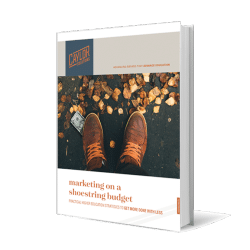
- How to leverage low-cost technologies to reach your target market,
- How to craft a content marketing strategy on a bare-bones budget,
- The number one thing your website needs to do,
- The key to getting free, organic traffic to your website, and more.
No hype. No pie in the sky. Just real solutions for getting the job done with the budget you’ve got.
Featured image via philanthropy.iupui.edu
